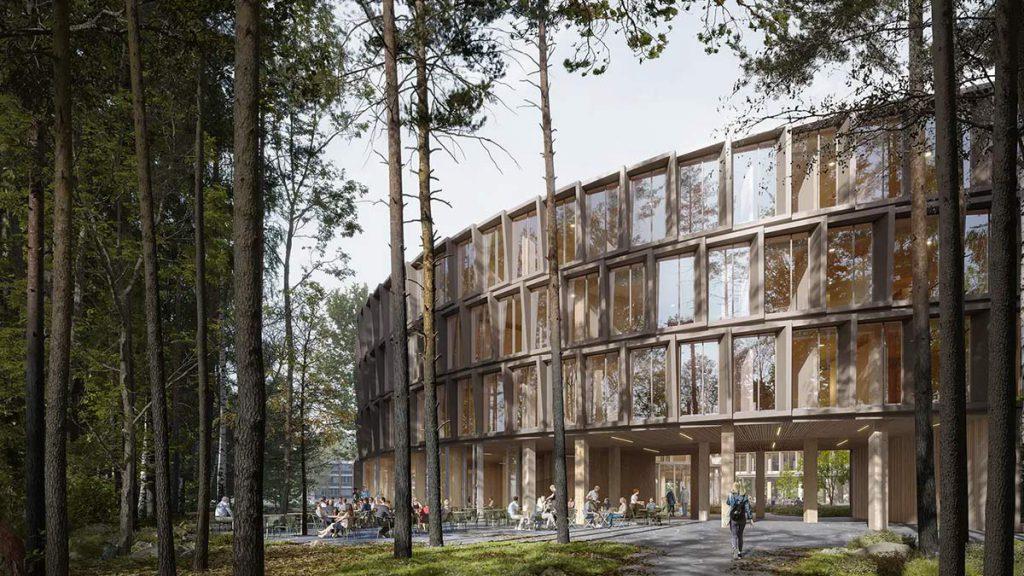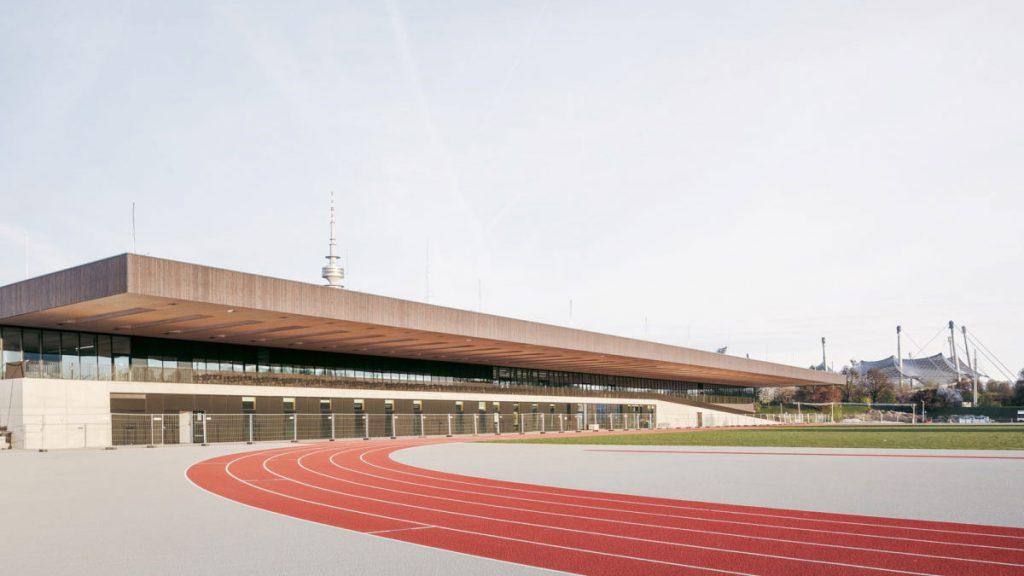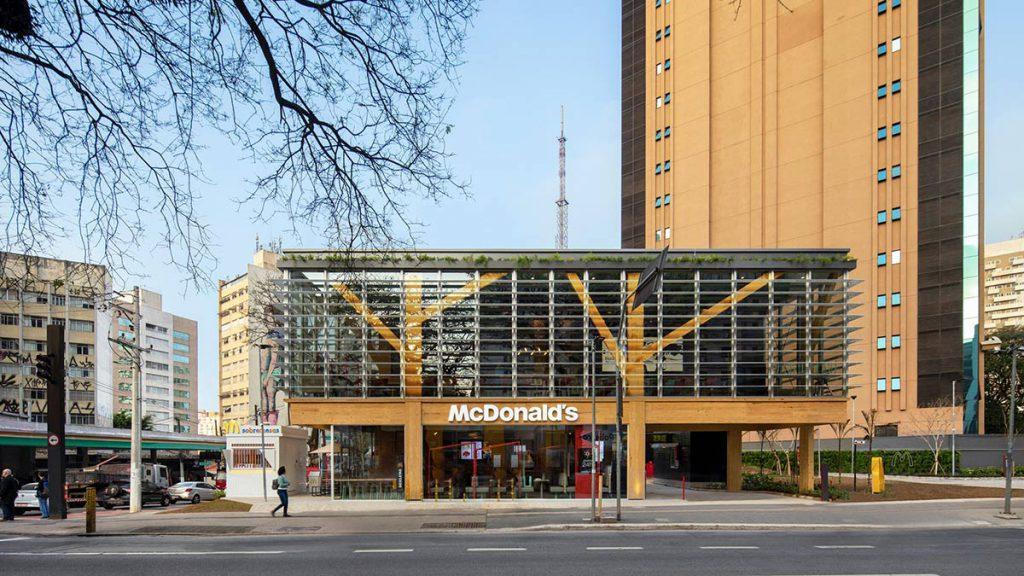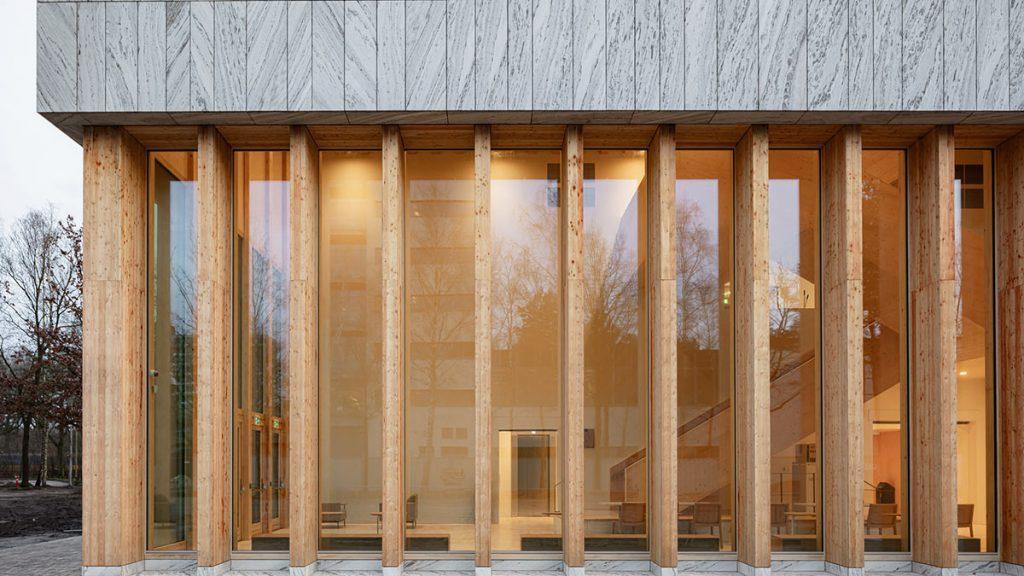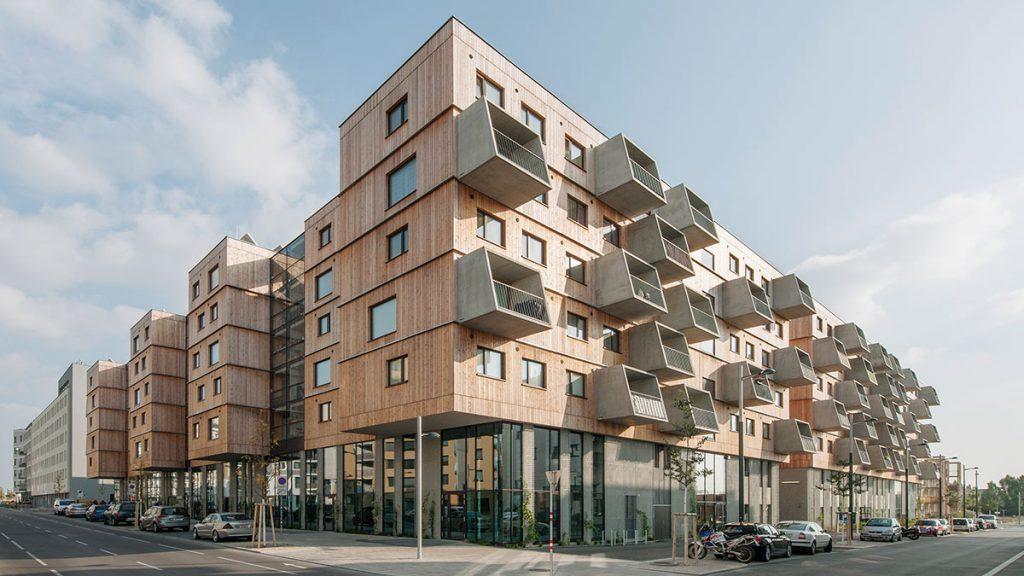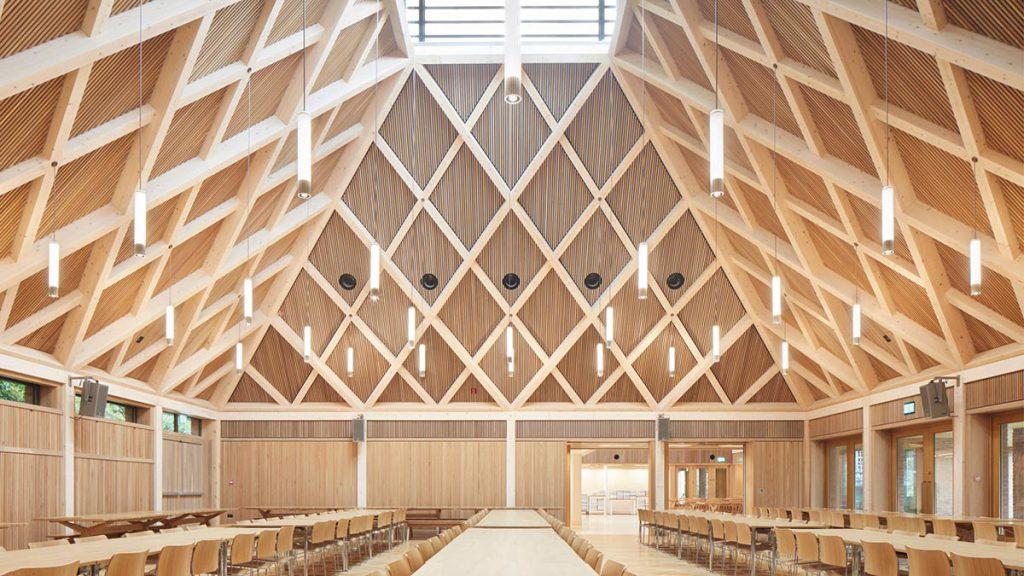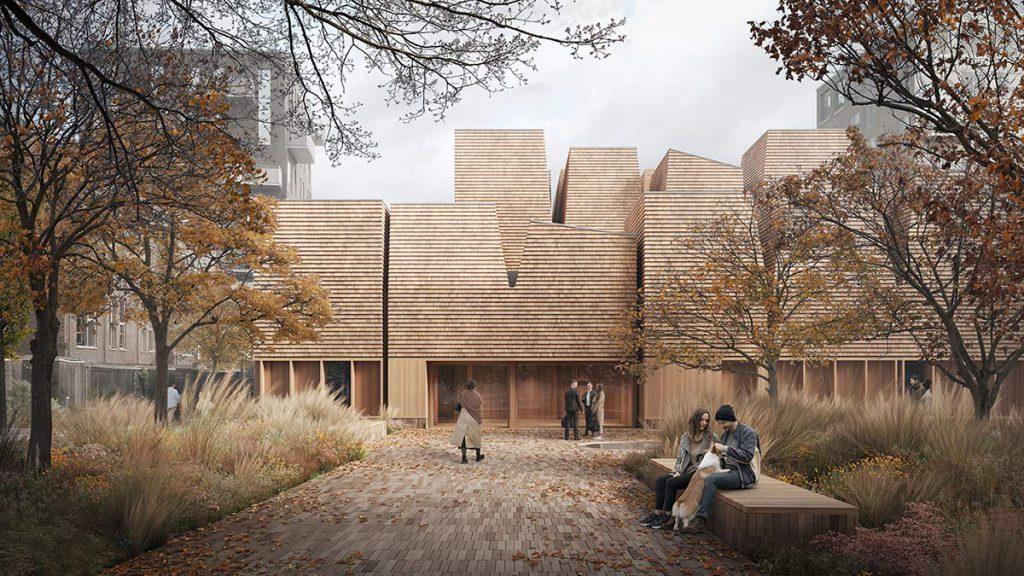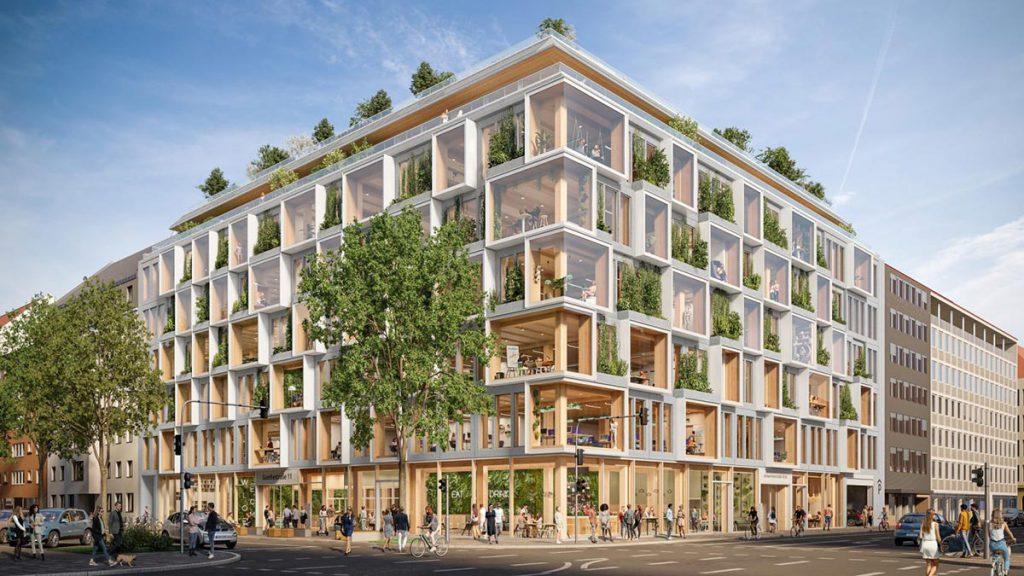
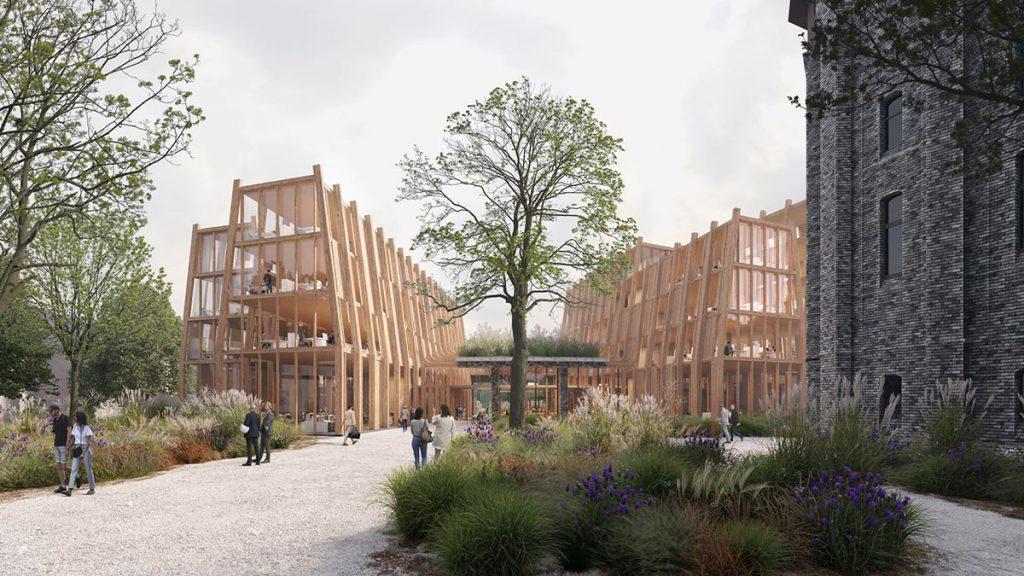
On track for transformation
Industrial wastelands need new strategies to present workable options for re-use. The architects at Smartvoll are experts in this kind of development. One of their designs is an ecosystem for the former railway depot in Amstetten, Lower Austria, as living space for plants, animals and people.
In the Industrial Revolution, railways played a trailblazing role. Trains were able to transport goods and raw materials in large quantities, which in turn enabled mass production. Consequently, historic railway buildings bear witness to the culture of days gone by and create a sense of identity. The former railway depot near Amstetten train station in Lower Austria is a case in point.
Trains and locomotives were shunted along the 22 sets of tracks here in times past. But the site gradually fell into disrepair with the dawn of digitalization and automation. After a successful interim phase as a concert location, the premises were earmarked for an innovative campus that connects work, education, art, living and leisure. The Vienna-based architects at Smartvoll – who are specialists in adaptive re-use – submitted a competition entry for redevelopment of the site, with sustainable thinking that combines a host of different aspects.
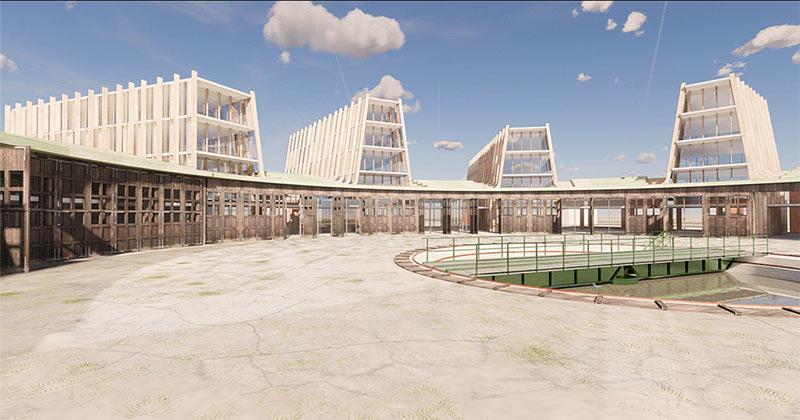
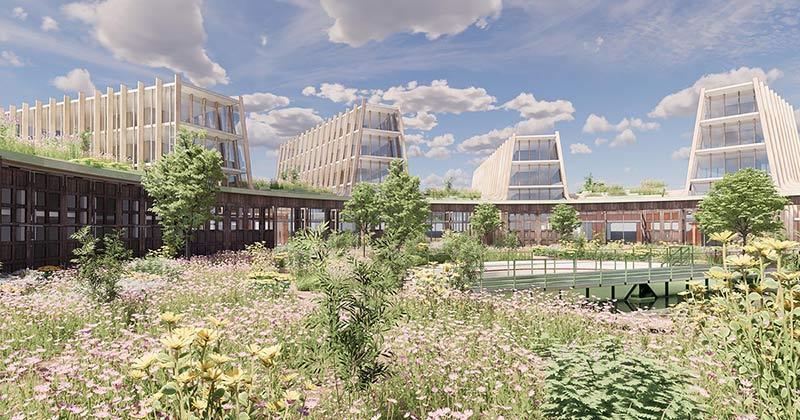
A case for preservation
Essentially, the architects’ key concern was to preserve the existing buildings to the greatest extent possible and integrate them into the new concept. Two fundamental considerations were behind this approach: On the one hand, the historic flair of the former Amstetten railway depot creates a unique atmosphere that they wanted to retain, as Dimitar Gamizov from Smartvoll Architects explains: “Especially in a district that will be characterized almost exclusively by new buildings, the charm of the existing and the patina is an atmospheric main asset.”
Especially in a district that will be characterized almost exclusively by new buildings, the charm of the existing and the patina is an atmospheric main asset.
Dimitar Gamizov, Smartvoll Architects
And on the other, preserving existing buildings also brings tangible ecological benefits owing to their significant volume of embodied energy. This latter term refers to the entire amount of energy used (and emissions produced) in connection with the construction process – from raw materials extraction and the production of building materials through to transport and building construction.
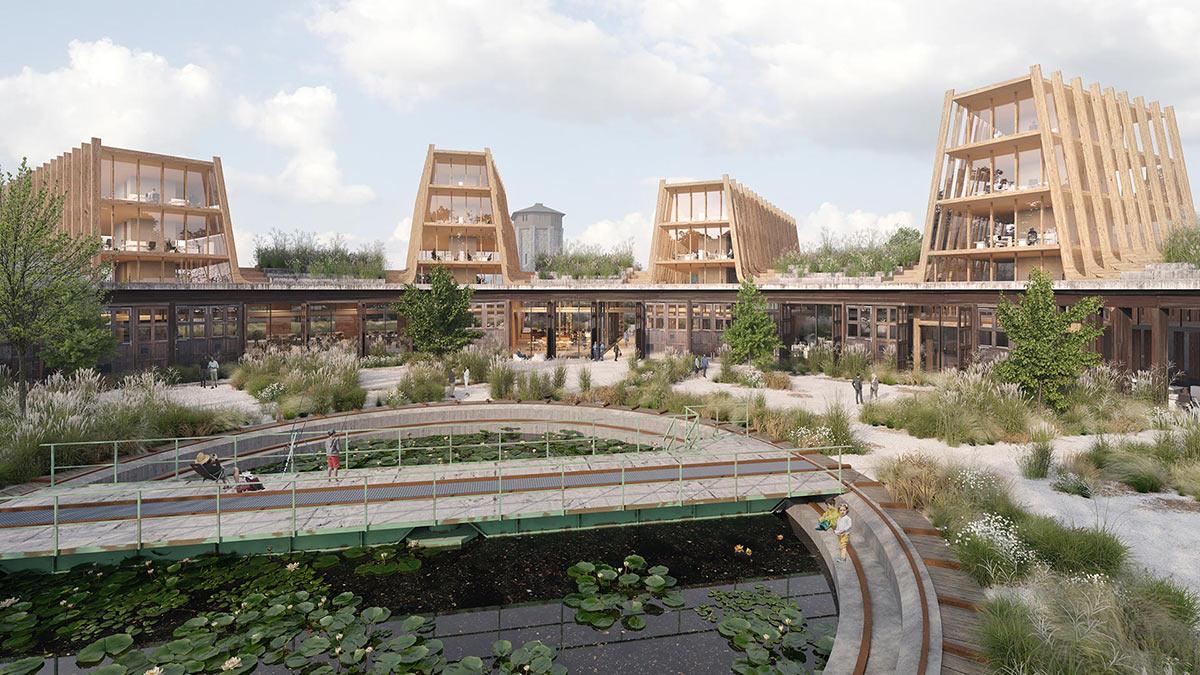
When a building is demolished, this primary energy is lost and a new production sequence begins. This in turn uses more energy and creates emissions. Considering that the production of construction materials causes 11 percent of global CO2 emissions, this is clearly the key lever for making construction climate-friendly. In other words, materials and structures need to remain in the cycle for as long as possible in future.
Ecological vs. financial value
Unfortunately, demolition and new builds are still cheaper and easier than preserving existing buildings. This was also one of the reasons why the design by Smartvoll landed in third place. The jury statement reads: “The expense involved in preserving the existing buildings does not seem to make financial sense, in consideration of the viability and fire protection.”
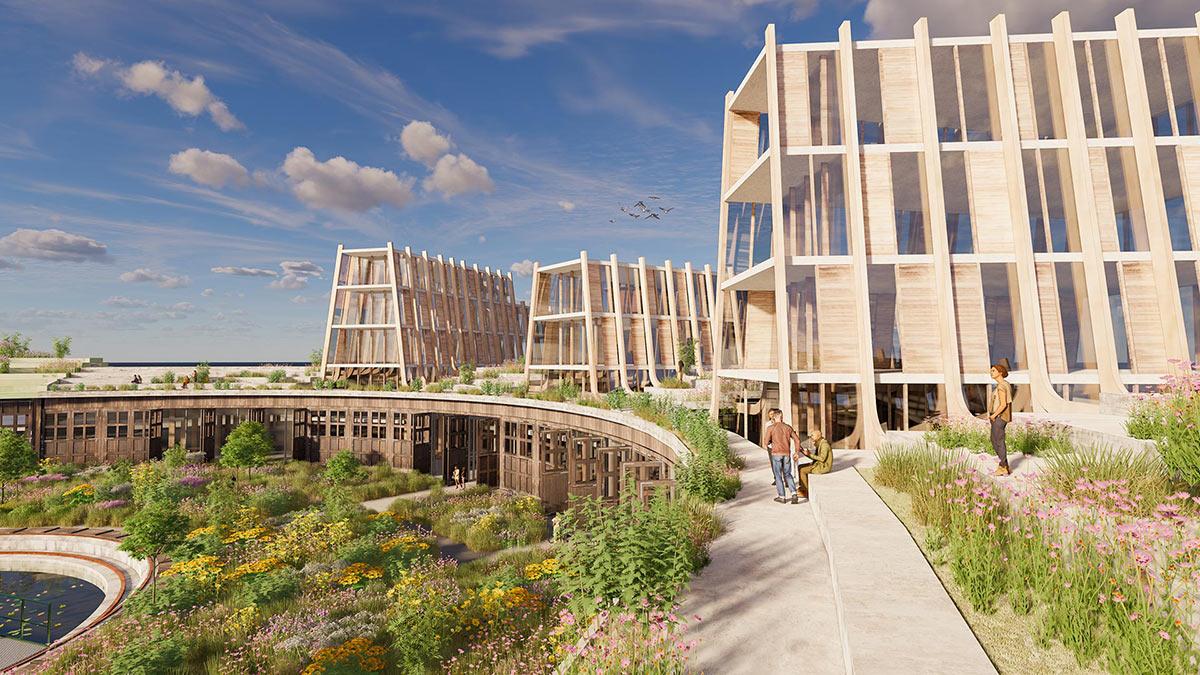
Even though this particular project was not chosen, it is nevertheless a highly impressive example of how industrial wastelands can be cleverly adapted and densification enabled using climate-friendly timber constructions. To this end, the architects added five volumes that appear to “grow” out of the former workshops underneath, which curve around the depot turntable. These new “implants” are carefully spaced and dimensioned to create a dialogue with the existing buildings and avoid any sense of overpowering.
Untamed nature instead of manicured lawns
“The project is therefore not about dogmatic preservation of substance, but about the precise selection of existing qualities,” explains Gamizov. For example, due to unsuitability of the old roof for re-use, the design instead envisages a new one with a garden accessed from the offices. He continues: “In the end, both parts – the new building and the existing structure – together offer more qualities than one part alone ever could.”
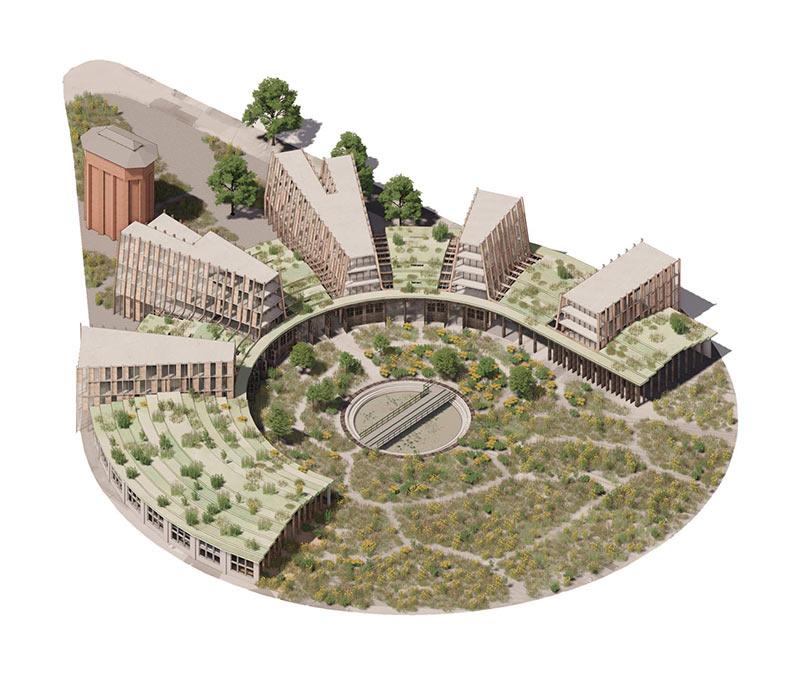
In the end, both parts – the new building and the existing structure – together offer more qualities than one part alone ever could.
Dimitar Gamizov, Smartvoll Architects
Over the years, nature gradually reclaimed the circular space in the middle of the wasteland. It is a process that is continued in the Smartvoll design. Instead of manicured lawns and overly regulated green space, the architects prefer an intentionally untamed mixture of trees and low planting, which prepares the neighbourhood “for a hotter future”.
Where trains were once turned in the middle of the depot, a biotope creates its own microclimate. And the surrounding unsealed green space helps rainwater to be collected and stored. As the architects explain: “We see the city as a collaborative ecosystem of plants, animals and people that can only function well in synergy.”
Text: Gertraud Gerst
Translation: Rosemary Bridger-Lippe
Visualizations: Tomak Vitalii & smartvoll

